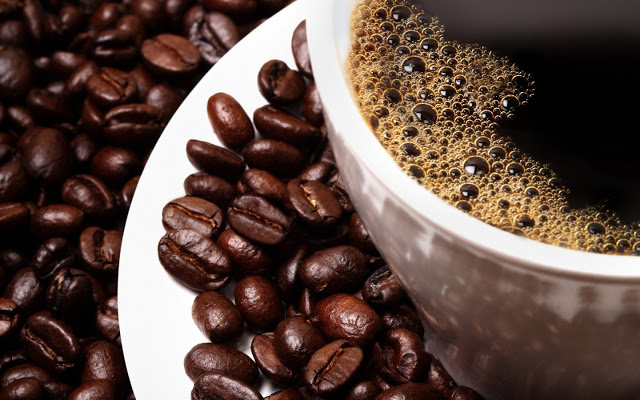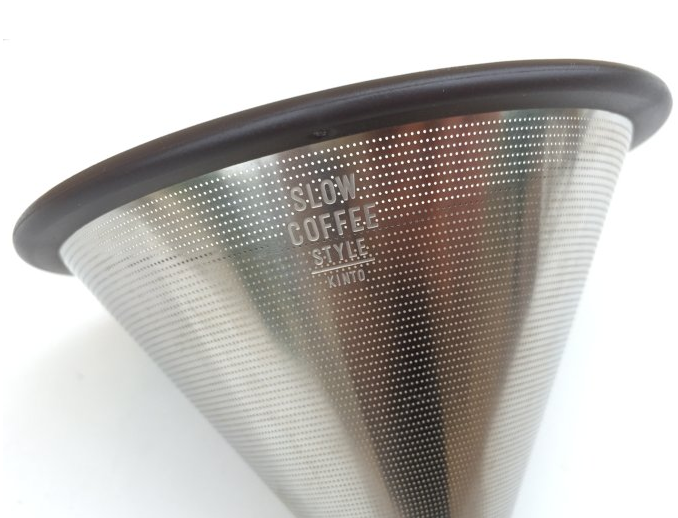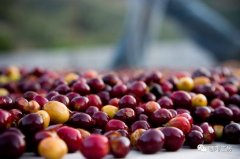Five factors affecting the growing period and the best flavor period of coffee beans

Professional barista communication, please pay attention to coffee workshop (Weixin Official Accounts cafe_style)
Coffee beans are not in the best brewing state after roasting. They need to be left for a period of time to mature the taste and flavor.
This placement waits for the ripening stage, which we call "cultivation" or "ripening"
Ripe coffee beans taste richer and fuller than when they are just roasted, and the aroma is more complete and after the peak period of exhaust
Coffee beans are easier to brew at this time
There are different opinions about the ripening time of beans. Some people say 3-5 days, 7-14 days, but the only consensus is that
"Fresh coffee is not the best brew."
In fact, the best ripening for coffee roasting varies depending on the condition, depending on the following five factors:
I. Baking rhythm
The faster the roast, the more intense the heat.
For example: "Fire light baking" Northern Europe light baking beans pick fast rhythm baking time is short, it takes 1-2 days to mature to achieve the best taste and flavor state
"Japanese slow fire baking" adopts slow rhythm baking, which takes more than 8 days and even more than 2 weeks to mature.
II. Type of baking machine
Similar variables to the roasting rhythm are "coffee roaster type"
Hot air roasters require the shortest ripening period, and semi-hot air roasters require the longest ripening period
Longest ripening time required for conductive and radiant heat roasters (blowerless roasters)
III. Baking depth
The lighter the roast degree, the longer the ripening period, and the deeper the roast degree, the shorter the ripening period.
The only exceptions are fast-paced Northern European light roasts and deep roasts with a baking depth exceeding two explosions.
Due to the loose structure of coffee beans, the ripening time is relatively short
This is why deep-roasted coffee beans do not last long.
IV. Storage temperature
The storage environment of coffee beans directly affects the ripening time
High ambient temperature ripens faster and requires shorter ripening time; low ambient temperature ripens slower and requires longer ripening time
For example: summer and winter coffee beans ripen differently, summer 5 days to achieve the best ripening beans in winter may take 10 days or more
Beans ripen quickly in hot summer, and the same flavor also declines rapidly. Temperature can accelerate ripening and aging.
V. Storage dynamics
The "dynamics" of storing coffee beans also affect the ripening time of coffee beans, a variable that is often ignored.
Roasted coffee beans require a long ripening period when left undisturbed and placed in dynamic environments (such as a long-running car)
Or shake it to shorten the ripening time, which can be applied to situations where coffee beans need to be quickly ripened.
For example, there are packets of coffee beans that need to mature for 7 days to reach their best flavor, but they need to be opened and brewed on the third day.
At this time, it is only necessary to shake the bag of beans many times every morning, noon and evening
Or place it on top of a vibrating machine to speed up the ripening of coffee beans
Conclusion: Different baking methods, baking equipment, baking degree, different temperatures, different environmental dynamics
Will directly affect the best ripening time of coffee roasted beans, as long as you master the above five factors to be flexible use
You can brew a cup of coffee with full taste and peak flavor!
Important Notice :
前街咖啡 FrontStreet Coffee has moved to new addredd:
FrontStreet Coffee Address: 315,Donghua East Road,GuangZhou
Tel:020 38364473
- Prev

The main difference between filter paper and metal filter for hand-brewing coffee utensils
Professional baristas exchange please pay attention to the coffee workshop (Wechat official account cafe_style) hand brewing coffee utensils, with filter paper and metal strainer to choose from. Although many metal filter cups, clay filter cups and vintage flannel filters have been launched in the market, it is understandable that in the comparison of convenience, hygiene, extraction flavor and other factors
- Next

Introduction to the subclassification of common coffee varieties in cafes
For the exchange of professional baristas, please pay attention to the coffee workshop (Wechat official account cafe_style) coffee beans are divided into three original systems: Arabica coffee beans, also known as Arabica coffee beans, robusta coffee beans, also known as Congo coffee beans, Libyan coffee beans, also known as Liberian coffee beans, there are more than a hundred common cultivated species in the world today, mostly belonging to three original systems and several hybrids.
Related
- Beginners will see the "Coffee pull flower" guide!
- What is the difference between ice blog purified milk and ordinary milk coffee?
- Why is the Philippines the largest producer of crops in Liberia?
- For coffee extraction, should the fine powder be retained?
- How does extracted espresso fill pressed powder? How much strength does it take to press the powder?
- How to make jasmine cold extract coffee? Is the jasmine + latte good?
- Will this little toy really make the coffee taste better? How does Lily Drip affect coffee extraction?
- Will the action of slapping the filter cup also affect coffee extraction?
- What's the difference between powder-to-water ratio and powder-to-liquid ratio?
- What is the Ethiopian local species? What does it have to do with Heirloom native species?

